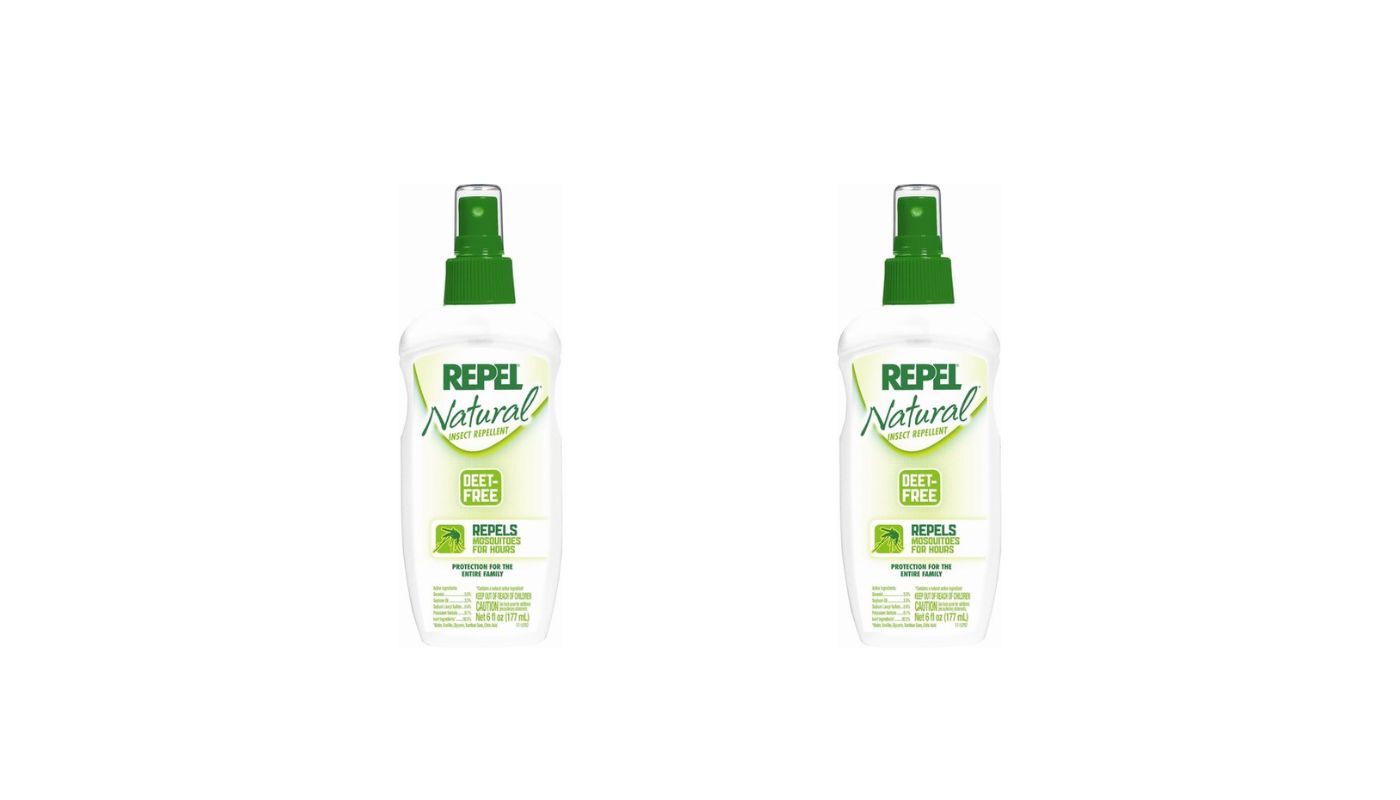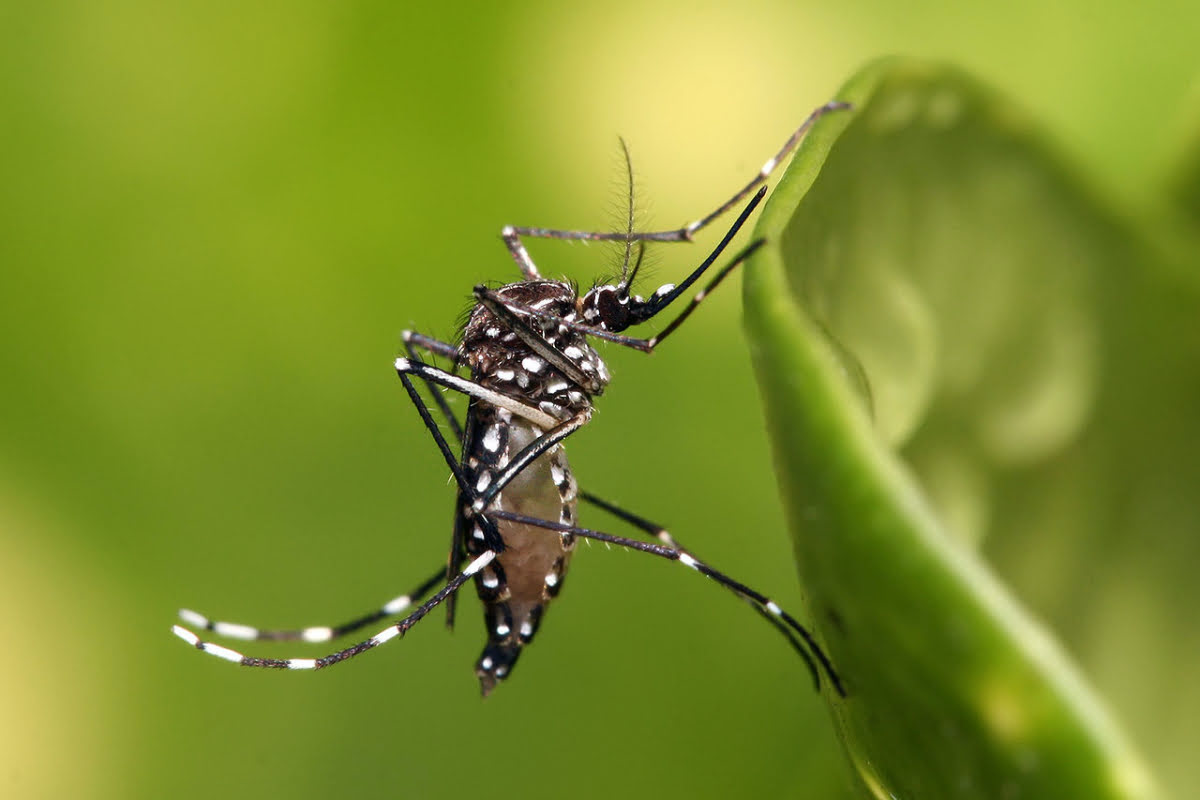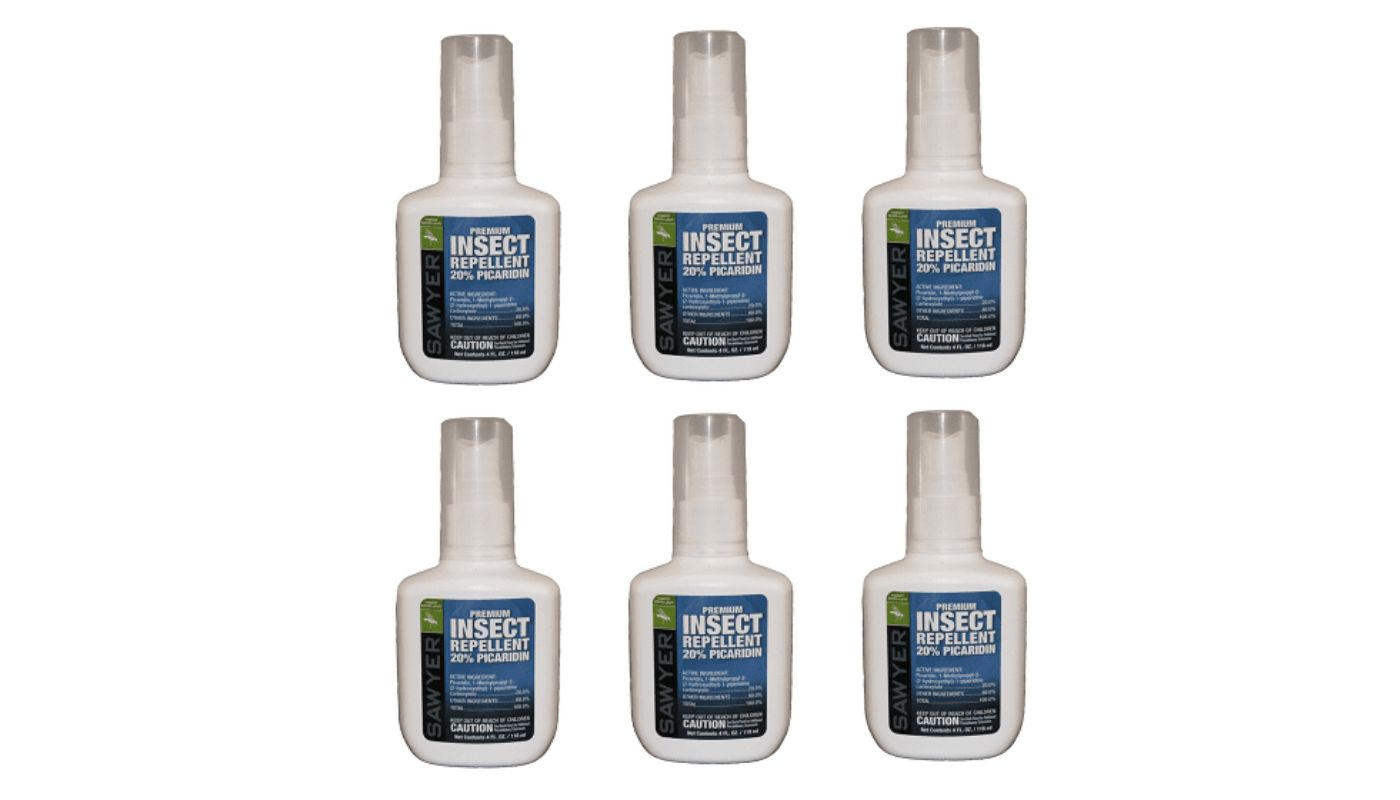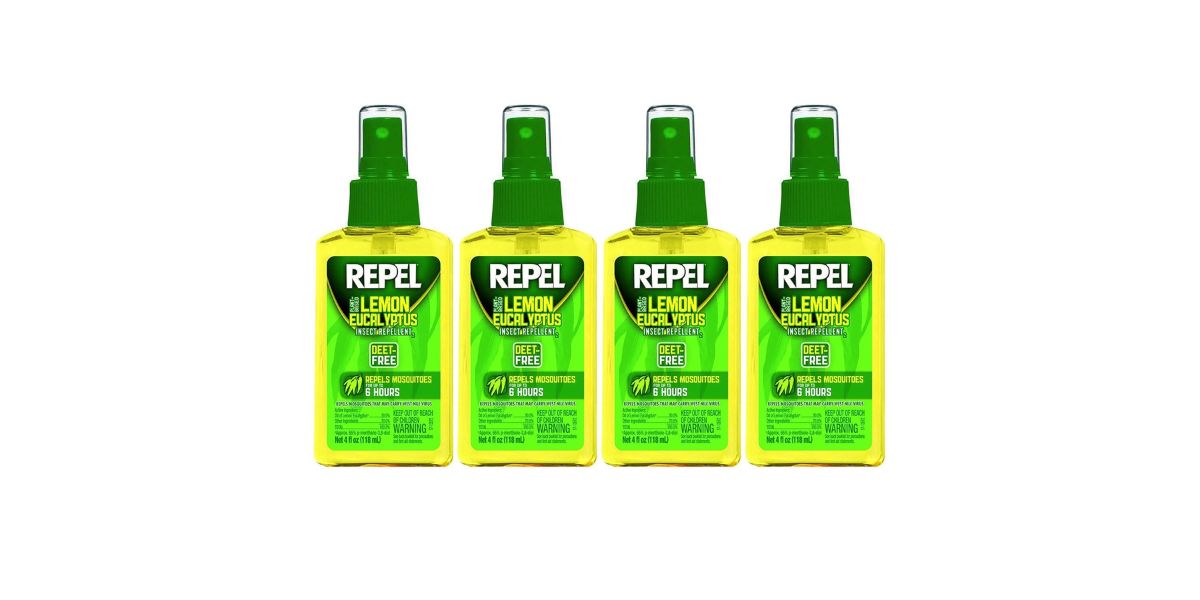Home>Gardening Tips and Tricks>Problem Solving>How To Eliminate Insects With Repellent
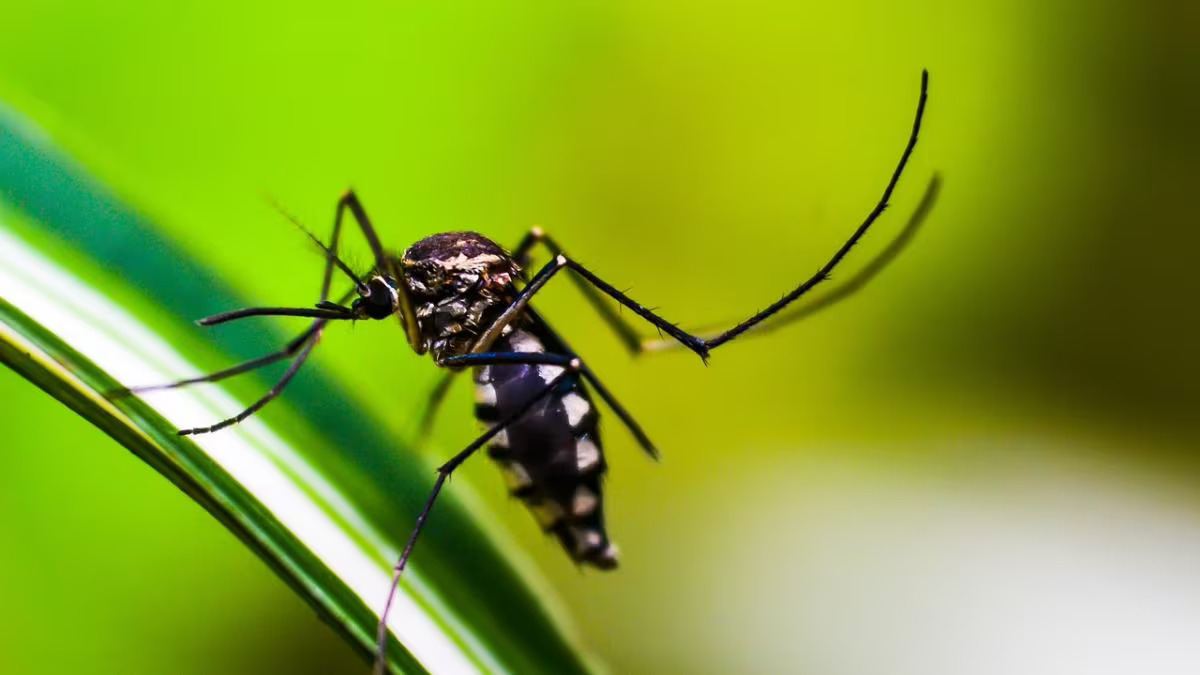

Problem Solving
How To Eliminate Insects With Repellent
Modified: January 22, 2024
Learn how to solve your insect infestation problem with effective repellents. Eliminate insects and protect your home with our expert tips.
(Many of the links in this article redirect to a specific reviewed product. Your purchase of these products through affiliate links helps to generate commission for Chicagolandgardening.com, at no extra cost. Learn more)
Table of Contents
Introduction
Welcome to our comprehensive guide on how to effectively eliminate insects with the use of repellents. Insects can be a nuisance, interrupting our outdoor activities and even posing health risks with their bites and stings. Fortunately, with the wide range of insect repellents available on the market, we have effective tools to combat these tiny intruders.
Whether you’re planning a camping trip, enjoying a picnic in the park, or simply want to protect your home from unwanted pests, understanding the different types of insect repellents and how to use them will ensure a bug-free environment.
In this article, we will walk you through the basics of insect repellents, from the common ingredients to selecting the right product for your needs. We will also discuss proper application techniques to maximize their effectiveness. Additionally, we’ll provide some additional measures you can take to minimize and prevent insect infestations.
So, if you’re tired of swatting away mosquitoes, enduring itchy bug bites, or dealing with pesky insects invading your space, keep reading to discover how you can effectively eliminate them with the help of repellents.
Understanding Insects and Repellents
Before diving into the world of insect repellents, it’s essential to understand a bit about insects and how repellents work. Insects are a diverse group of creatures that include mosquitoes, ticks, flies, and many other species. While some insects are harmless, others can transmit diseases or cause discomfort with their bites.
Insect repellents are products designed to deter insects from landing on your skin or clothes, thereby reducing the chances of being bitten or stung. They work by either masking the scents that attract bugs or by actively repelling them through specific ingredients. Repellents can provide temporary relief and protection against irritating and potentially dangerous insects.
It’s important to note that not all repellents are effective against all types of insects. Each insect species has its own set of behaviors and sensitivities, so selecting the right repellent for a particular bug is crucial.
When choosing a repellent, consider the specific insects you’re trying to repel and their regional prevalence. For example, if you’re in an area with a high population of mosquitoes, look for a repellent specifically formulated to deter mosquitoes.
It’s also worth noting that mosquitoes are typically more active during dawn and dusk, so if you plan to be outside during these times, you may need a stronger and longer-lasting repellent.
Now that you have a basic understanding of insects and how repellents work, let’s delve into the common ingredients you’ll find in insect repellent products.
Common Insect Repellent Ingredients
When exploring the wide array of insect repellent products, you’ll come across various active ingredients that provide the repelling effect. Here are some of the most common ingredients found in insect repellents:
- DEET: This acronym stands for N,N-Diethyl-meta-toluamide and is one of the most widely used active ingredients in insect repellents. DEET is proven to be highly effective against many biting insects such as mosquitoes, ticks, and fleas. It works by interfering with the insects’ sensory receptors, making it harder for them to locate their human targets. It’s important to use DEET-based repellents in the recommended concentration for your specific needs.
- Picaridin: Picaridin is a synthetic compound that has gained popularity as an alternative to DEET. It is effective against mosquitoes, ticks, flies, and other biting insects. Picaridin has a low odor, does not damage plastics or clothing, and is less likely to cause skin irritations compared to DEET. It is suitable for use by people of all ages, including children.
- Permethrin: Unlike DEET and Picaridin, which are applied directly to the skin, Permethrin is a repellent designed to treat clothing, gear, and other fabrics. It acts as a contact insecticide, killing or repelling insects on contact. Permethrin-treated clothing provides long-lasting protection against mosquitoes, ticks, and other insects, even after multiple washes.
- Eucalyptus Oil: Eucalyptus oil is a natural repellent extracted from the leaves of eucalyptus trees. It contains a compound called PMD (p-Menthane-3,8-diol) that has been proven effective against mosquitoes, ticks, and other insects. Eucalyptus oil-based repellents are a popular choice for those seeking natural and environmentally-friendly options.
- Lemon Eucalyptus Oil: Derived from the lemon eucalyptus plant, this natural oil contains the same active compound, PMD, found in eucalyptus oil. It provides effective protection against mosquitoes and other biting insects.
When selecting an insect repellent, consider your personal preferences, the length of time you will be exposed to insects, and any potential allergies or sensitivities. It’s always a good idea to read the product labels and follow the instructions carefully to ensure safe and effective usage.
Choosing the Right Insect Repellent
Now that you are familiar with the common ingredients found in insect repellents, it’s time to understand the factors to consider when choosing the right repellent for your needs. Here are some key points to keep in mind:
- Target Insects: Identify the specific insects you want to repel. Different repellents have varying effectiveness against various insects. For example, if you’re primarily concerned about mosquitoes, look for repellents specifically formulated for them.
- Active Ingredients: Consider the active ingredient in the repellent. DEET, Picaridin, Permethrin, and natural oils like Eucalyptus and Lemon Eucalyptus offer different levels of effectiveness and durations of protection. Choose an ingredient that aligns with your needs and preferences.
- Concentration: Pay attention to the concentration of the active ingredient in the repellent. Higher concentrations usually provide longer-lasting protection, but they may not be suitable for everyone or every situation. Follow the instructions and choose a concentration that suits your specific circumstances.
- Duration: Consider the length of time you will be exposed to insects. If you plan on spending a significant amount of time outdoors, especially during peak insect activity, opt for a repellent with a longer duration of effectiveness.
- Safety: Take into account any safety considerations, such as allergies or sensitivities. Read the product labels and follow the recommended usage instructions to minimize any adverse reactions.
- Formulation: Repellents are available in various forms, including sprays, lotions, creams, and wipes. Choose a formulation that is convenient and easy for you to apply and reapply as needed.
- Age Considerations: Some repellents are not recommended for use on children under a certain age. Ensure that the chosen repellent is safe for the age group you are buying it for.
By carefully considering these factors, you can select a repellent that offers effective protection against insects while aligning with your preferences and needs.
Applying Insect Repellent Effectively
Now that you’ve chosen the right insect repellent, it’s essential to know how to apply it effectively to maximize its efficiency. Here are some tips to ensure proper application:
- Read the Instructions: Before applying the repellent, carefully read the product label and follow the instructions provided. Pay attention to the recommended application method and any safety precautions.
- Cover Exposed Areas: Apply the repellent to all exposed areas of skin. This includes arms, legs, neck, and, if necessary, your face. Don’t forget to apply it to areas where insects tend to bite or sting, such as ankles and wrists.
- Avoid Sensitive Areas: Be cautious when applying repellent around sensitive areas, such as eyes, lips, and open wounds. If necessary, use your hands to apply it to these areas instead of directly spraying or applying the repellent.
- Reapply as Needed: Follow the manufacturer’s instructions for reapplication. In general, repellents need to be reapplied every few hours or after swimming or sweating excessively. Keep in mind that certain environmental conditions, such as high temperatures or humidity, may require more frequent reapplication.
- Don’t Oversaturate: Avoid overapplying the repellent. Using more than the recommended amount does not increase its effectiveness and may lead to skin irritation or other adverse effects. A little goes a long way.
- Combining Sunscreen and Repellent: If you also need sun protection, apply sunscreen first and allow it to absorb into the skin before applying insect repellent. Alternatively, you can use a combination product that includes both sunscreen and repellent, following the instructions provided.
- Wash Off After Use: Once you no longer need the protection of the repellent, thoroughly wash it off with soap and water. This will help remove any residue and prevent potential skin irritation.
- Keep Repellent Away from Children: Ensure that insect repellents are stored out of reach of children and are only applied by adults or under adult supervision. Follow the recommended age restrictions provided by the manufacturer.
By applying insect repellent correctly and consistently, you can greatly reduce your chances of being bothered by insects and their bites or stings. Remember, prevention is key to enjoying outdoor activities without interruption from pesky bugs.
Additional Measures to Eliminate Insects
While insect repellents are effective in repelling insects, there are additional measures you can take to further eliminate these pesky creatures from your surroundings. Here are some practical tips:
- Remove Standing Water: Mosquitoes breed in stagnant water, so eliminating any sources of standing water in your vicinity is crucial. Empty and clean bird baths, flower pots, gutters, and any other containers that could collect water. Regularly change the water in outdoor pet bowls.
- Seal Entry Points: Inspect your home, paying attention to gaps, cracks, and openings that may serve as entry points for insects. Seal these gaps with caulk or weatherstripping to prevent bugs from infiltrating your space.
- Use Screens and Nets: Install screens on doors and windows to keep insects out while allowing fresh air to flow into your home. Utilize mosquito nets over beds or when spending time outdoors to create a bug-free zone.
- Maintain Cleanliness: Regularly clean your living areas, ensuring that crumbs, spills, and food residues are promptly cleaned up. Regular vacuuming, sweeping, and wiping surfaces help eliminate attractants for insects.
- Trim Vegetation: Keep your yard well-groomed by trimming bushes, shrubs, and trees away from your house. Insects, like ants and spiders, often use these as bridges to enter your home.
- Use Natural Repellents: If you prefer natural solutions, consider using plants or essential oils that naturally repel insects. Citronella, lemongrass, lavender, and marigold are some examples of plants that mosquitoes and other bugs tend to avoid.
- Professional Pest Control: In cases of severe infestations or if preventive measures do not suffice, consider hiring a professional pest control service. They can assess the situation, provide effective treatments, and offer long-term solutions to eliminate insects from your property.
By incorporating these additional measures into your insect control strategy, you can minimize and prevent insect infestations, creating a more enjoyable and bug-free environment for yourself and your family.
Conclusion
Insects can be a persistent annoyance, disrupting outdoor activities and posing health risks with their bites and stings. Fortunately, with the wide range of insect repellents available, we have effective tools to ward off these tiny intruders.
Understanding the different types of insect repellents, their ingredients, and how to use them is key to achieving a bug-free environment. By choosing the right repellent for the target insects, considering the active ingredients and their concentrations, and following proper application techniques, you can maximize your protection against insects.
In addition to using repellents, taking additional measures to eliminate insects such as removing standing water, sealing entry points, and maintaining cleanliness can greatly reduce the presence of bugs in your surroundings. Using natural repellents and seeking professional pest control assistance when necessary are also effective strategies.
Remember, prevention is key when it comes to dealing with insects. By being proactive and implementing these strategies, you can enjoy outdoor activities and maintain a bug-free home environment.
So, whether you’re planning a hiking trip, sitting outside on a warm summer evening, or simply want to protect your home from insect infestations, armed with the knowledge gained from this guide, you can confidently eliminate insects with the help of repellents and additional preventive measures.

